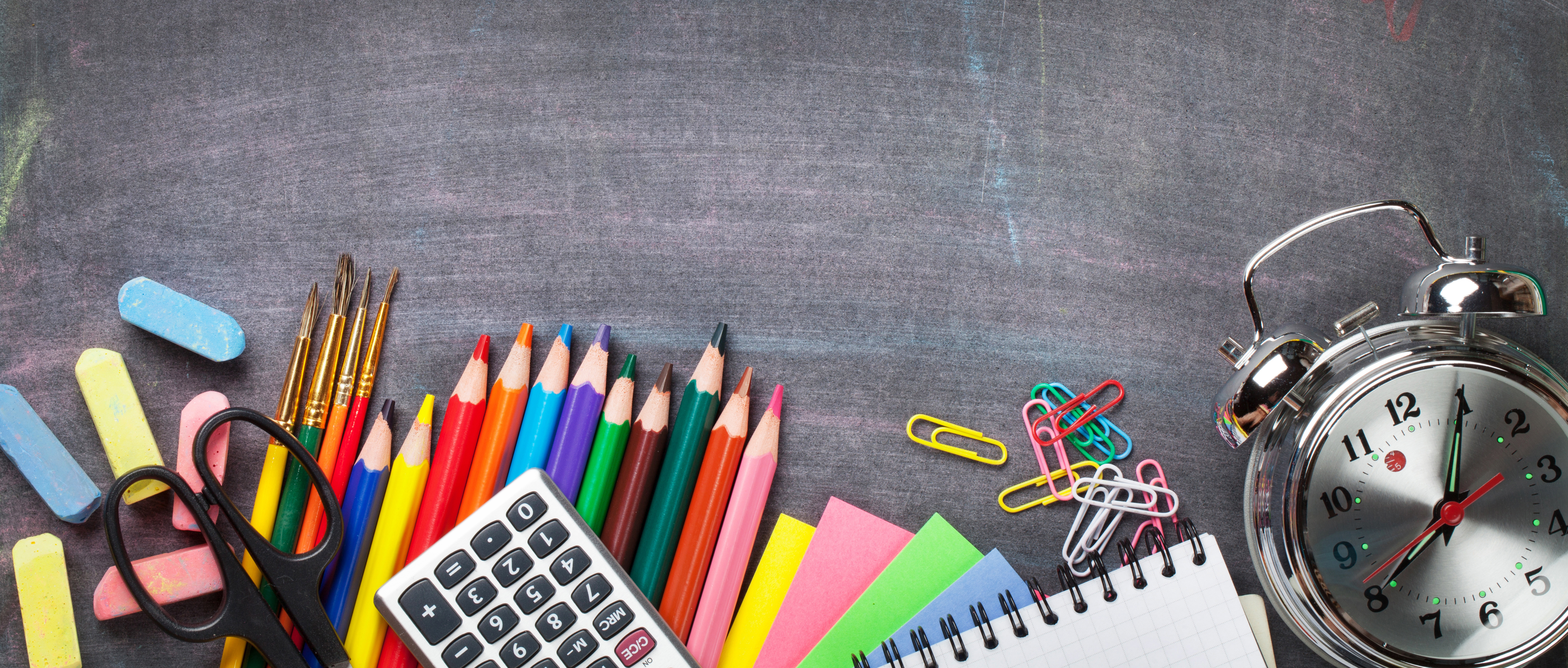
Tips for teaching music to vision impaired students
Touch, feel and sound
Vision impaired (VI) students rely on other means of communication such as sound and touch. Teachers and support staff should adapt music lessons and instruments in the following ways to help the student overcome not being able to learn by sight.
- Put brightly coloured tape on musical instrument handles to make it easier to see where to hold.
- Use instruments with a high tactile feel, such as a cabasa or chime bars.
- Play a short musical phrase and ask the student to repeat it back.
- Create a musical dialogue based on repeating phrases or songs.
- Use repetition in songs to enable the student to predict and respond in time.
- In group work get the players to sit close to each other and start with a game of passing a rhythm around the group so that everybody knows each other by their instruments' sound, not just by sight.
In the classroom
The following adaptations can help vision impaired students.
- Allow time for the student to process information by:
- breaking songs down into short memorable phrases
- using music that allows a response
- providing electronic or paper-based resources ahead of a lesson, as an mp3 file or in large print.
- Use a music stand with a hard back instead of placing worksheets flat on the floor or table behind an instrument.
- Have a "stop and listen to me" signal for the student to use if the sound is getting too much.
- Walk around the music room with the student, explaining where the instruments are so that they have a mental map of safe pathways and instruments.
- As playing musical instruments requires manual dexterity, you may need to physically guide students to the correct finger position.
- Demonstrate the difference in sound when instruments are played with light and heavy touches.
Assistive technology
- Mobile technologies can help students read musical scores as the screen can be magnified using pinch-to-zoom.
- iPads are musical instruments as well. Consider using GarageBand or the simpler Figure.
- Book Creator makes multimedia E-books, which can help your student access and record songs to rehearse later.
Find out more from RNIB about teaching music to Vision Impaired students.
See 'General tips for teaching vision impaired students' for introductory information including lighting, emotional support, formatting documents, assistive technology, techniques such as hand-over-hand guiding and further sources of information.
Get the latest news and advice from the Macular Society
To hear about life-changing research, treatments and tips for living with sight loss, subscribe to our monthly enewsletter today. Together we can Beat Macular Disease.
Sign up to our free email newsletter

